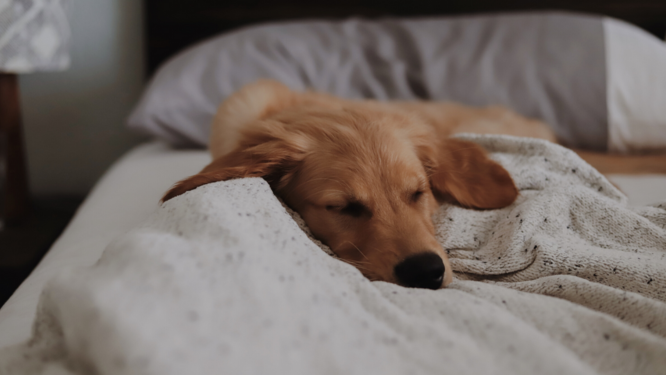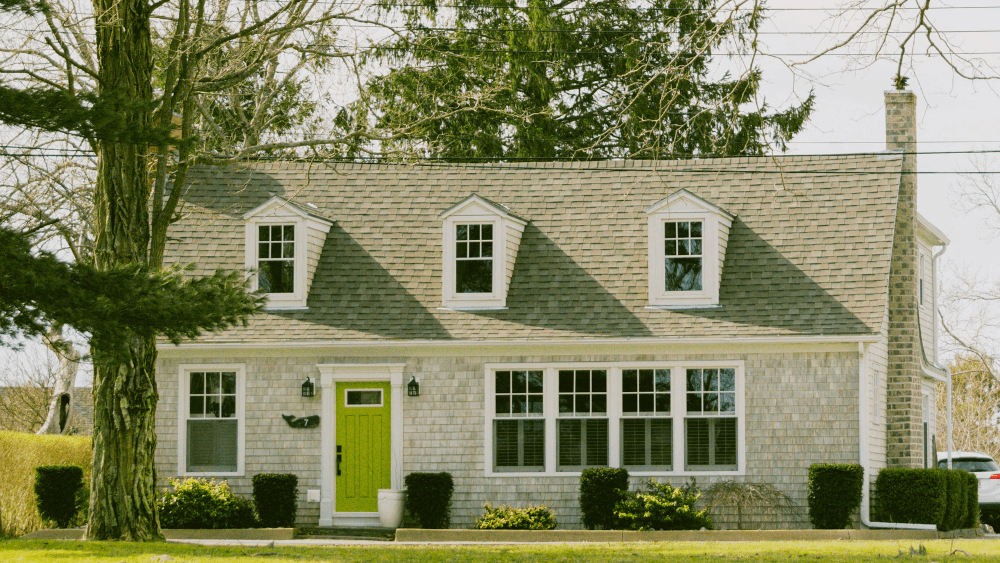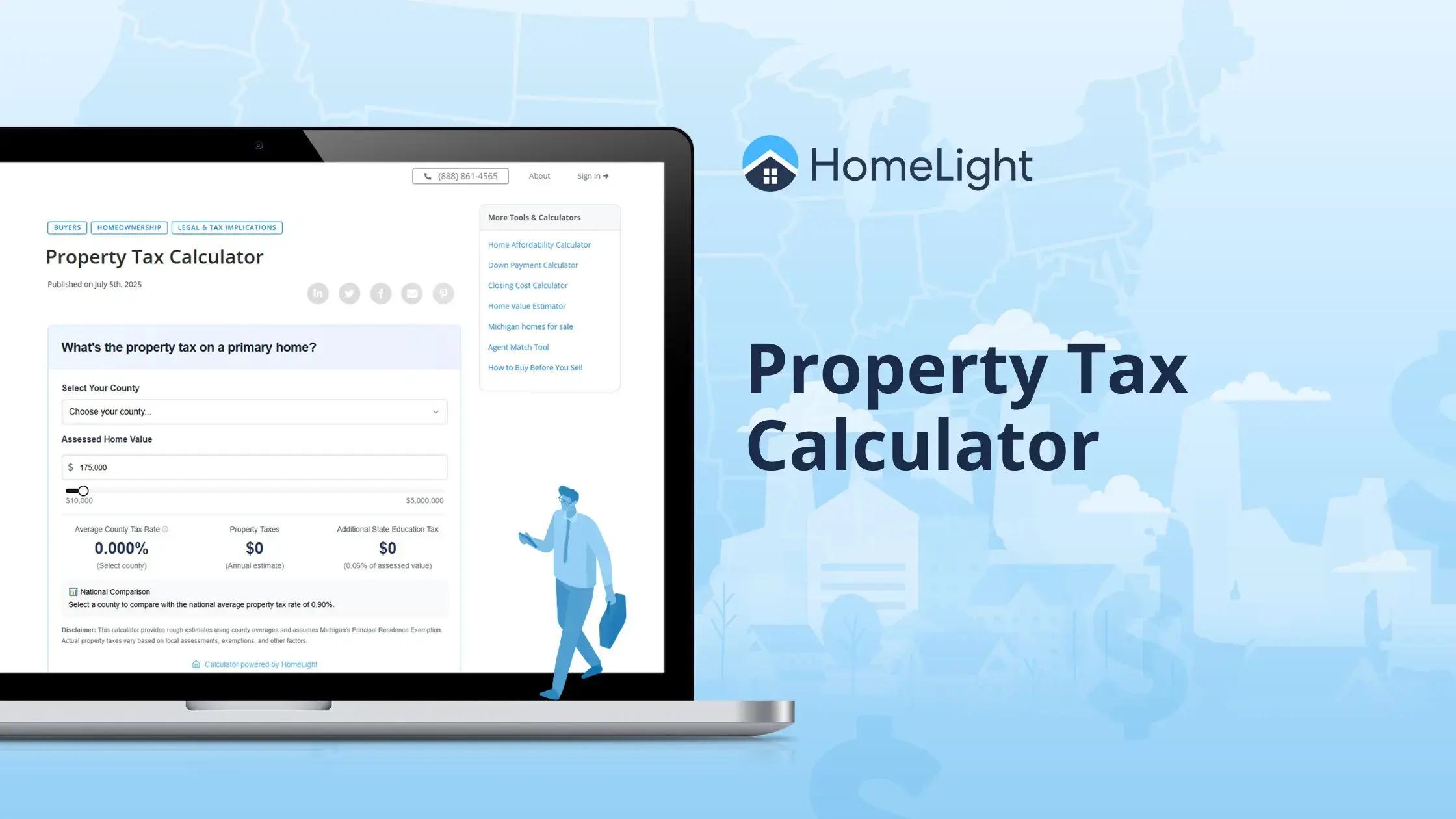
As a house-proud homeowner who just bought a puppy … you really need to get this animal trained — fast! Left untrained, your precious bundle of fur will soil carpets and scratch and chew up doors and woodwork, all of which you will have to pay to replace. Thinking ahead, evidence of puppy damage could make it hard to sell in a few years. According to agent Kimberly Wirtz, when she’s taking prospective buyers through houses and they find “a house that’s been kind of chewed up or the back doors have been scratched up from the dogs wanting to get outside — that can be looked past if someone really likes the house.” But it is a drawback, and one that could hurt your odds of selling for top dollar. Here’s your guide to house-training a puppy in five days. Before we get started, it’s important to know the principles that underlie house-training a puppy quickly. When you follow this plan, you’re using a dog’s natural instincts to train them to go to the bathroom in the backyard. Dogs view their bed, or where they are born, as their “nest.” It’s their safe space, and they’ll return to it if they’re stressed or scared. When they’re born, their mother teaches them that soiling their bed is unacceptable by removing them if they mess. They quickly learn that it’s unacceptable to soil the nest. When you’re house training a puppy in five days, you’re drawing on those instincts and expanding their understanding of the “nest” to the entire house. House-training your puppy in five days requires keeping a close eye on your new puppy, so take all five days off work. The key to this process working in five days is to make sure you are watching the puppy constantly and consistently; you won’t be able to do it well if you’re not giving it your full attention. You’ll need to be mostly available to your puppy, so don’t plan on binge-watching the latest Netflix show. Get your supplies before beginning. The most important one is either a cardboard box or a small kennel the size of your puppy. High walls are important — your puppy shouldn’t be able to escape from the box. In either container, your puppy should also not be able to escape from any mess they make. You will also want something to reward your puppy for good behavior — in other words, relieving themselves outside. Rewarding your pup with a whole biscuit every time is going to get expensive and make them fat; get some little training treats to offer them. In summary, for the first step: Dogs respond a lot better to positive reinforcement than to negative reinforcement. They’ll respond to negative reinforcement only when you catch them immediately in the act — it’s no good to drag them over to their mess later and scold them. They won’t understand why you’re mad! In their mind, they left their “nest” or home base to go to the bathroom, so they’re doing the right thing. If you punish them, they could start hiding their messes from you, and you’ll start finding unpleasant surprises throughout the house. Even if you’ve put down puppy pads while training, you want to move past using them quickly. Wirtz has been in houses for sale where there were, “puppy pads all over and the owners let the dogs go all over on the puppy pads. It’s a huge turnoff for buyers.” Remember, you want to train them to view the whole house as their “nest,” not just a puppy bed or the couch. Take the treats outside with you and stand, silent, while waiting for them to go. You don’t want to distract them from doing their business. Don’t take them back inside until they’ve relieved themselves (ideally, they should have both urinated and defecated). Then make sure to reward your dog with copious praise and a small treat when they finally do relieve themselves. If you catch your dog using the bathroom inside, pick them up immediately and carry them outside — scolding them is secondary at this point — and give them a treat if they finish in the yard. In summary, for the second step: At night, put the kennel or box in your bedroom so you can hear them cry to go out. Remember that small pups won’t be able to hold it for long. Don’t set them up for failure when potty training by ignoring them in their crate! As soon as you wake up or get home from running errands, take them outside and do the reward dance if they do their deed — don’t put them on the ground until you’re outside, or they could have an accident in the house. If they don’t go, and you can’t keep standing there, crate them when back inside. Leave them crated for 15 minutes, then take them out and try again. In summary, for the third step: Set alarms throughout your day so you don’t forget to let the puppy out. You’ll at least need one alarm in the morning (early; 5 a.m. is probably reasonable) to get up and let the puppy out, and another to make sure you let them out last thing before bed, too. You can coordinate with housemates on this process. But the more the puppy is outside and praised for going outside, the better off you will all be. No one wants to step in a mess at 3 a.m. on their way to the bathroom. Letting the puppy out at least every hour at first is a reasonable plan that will help set you all up for success. In summary, for the fourth step: This is really why you need to have the time off work — you can’t leave the puppy alone outside their “nest.” You need them to acclimate to your house and start to see it as an expanded version of their “nest.” Take your pup outside routinely — every half hour or hour for very young puppies, every couple of hours for older ones. Set a timer, and about 15 minutes after they eat or drink, head outside. Try to avoid feeding them or giving them water for a couple of hours at least before bedtime — they will be fine and get trained to sleep through the night faster. If they start exhibiting “going” behaviors, take them outside. Sniffing the floor is one key behavior that indicates they are looking for a good spot to eliminate. Pay particular attention if they go back to an area in the house where they’ve previously had an accident. They also might spin in a circle, and then squat, so watch for any circular turns. In summary, for the fifth step: A bonus of puppy training in five days is how quickly it will help you and your new pup bond and learn each other’s behaviors. House training a puppy in five days requires focusing your life around their bathroom needs, but pays off in the long run. It protects your investment, ensures a comfortable living environment, and means that you’ll get the most enjoyment out of your new pet.The principles of house training in five days
Step 1: Prepare
Step 2: Know when to praise and when to punish
Step 3: Keep them in their ‘nest’ when sleeping or when you’re away
Step 4: Set alarms
Step 5: Watch them like a hawk when they’re out of their ‘nest’


